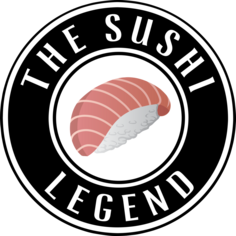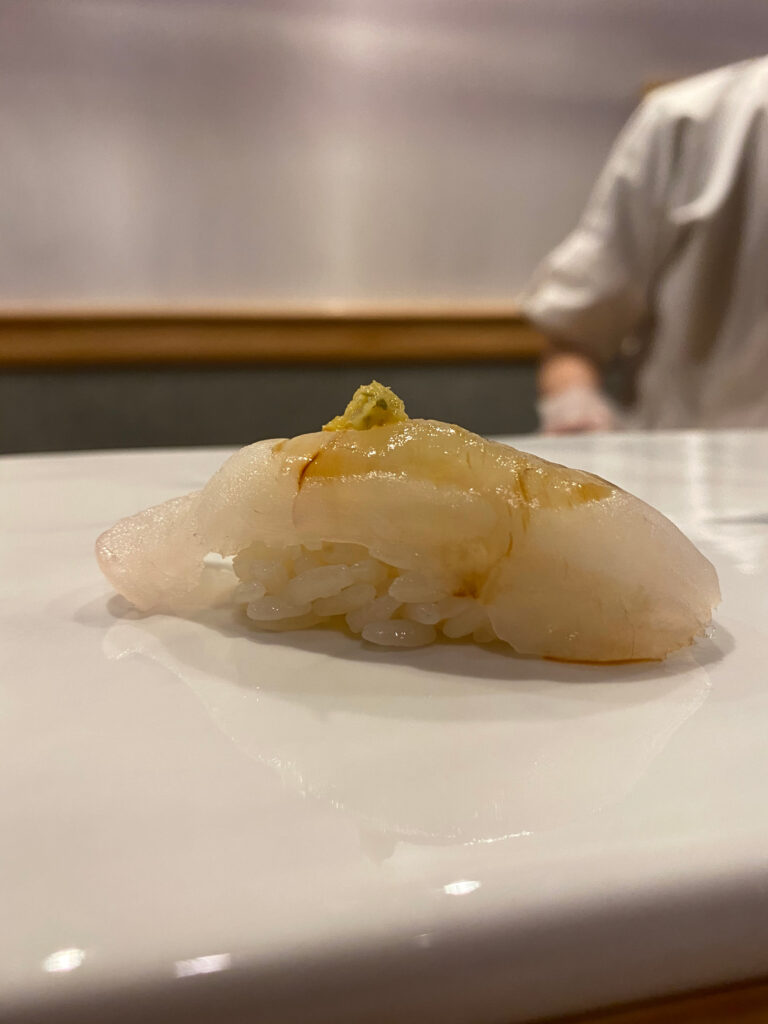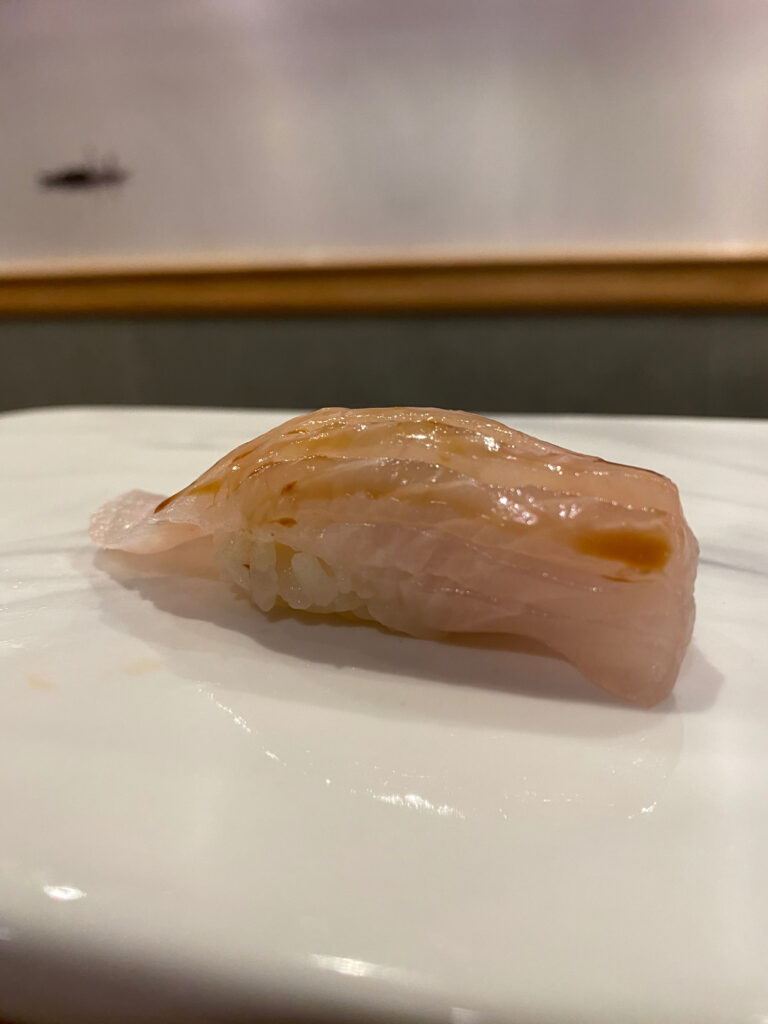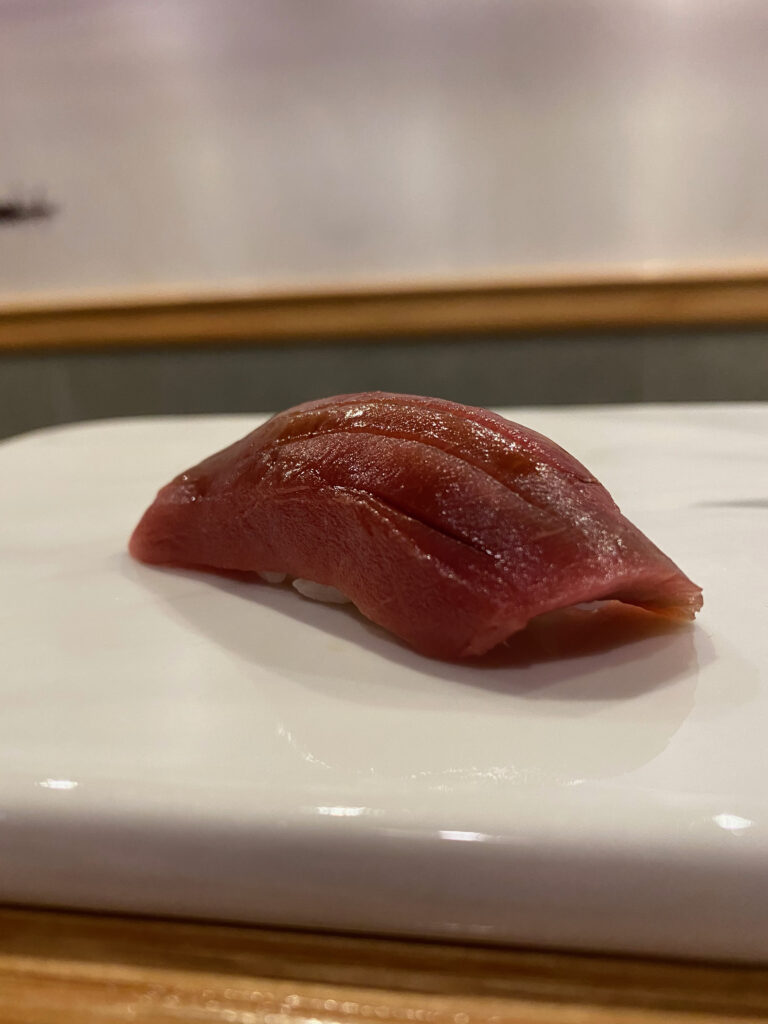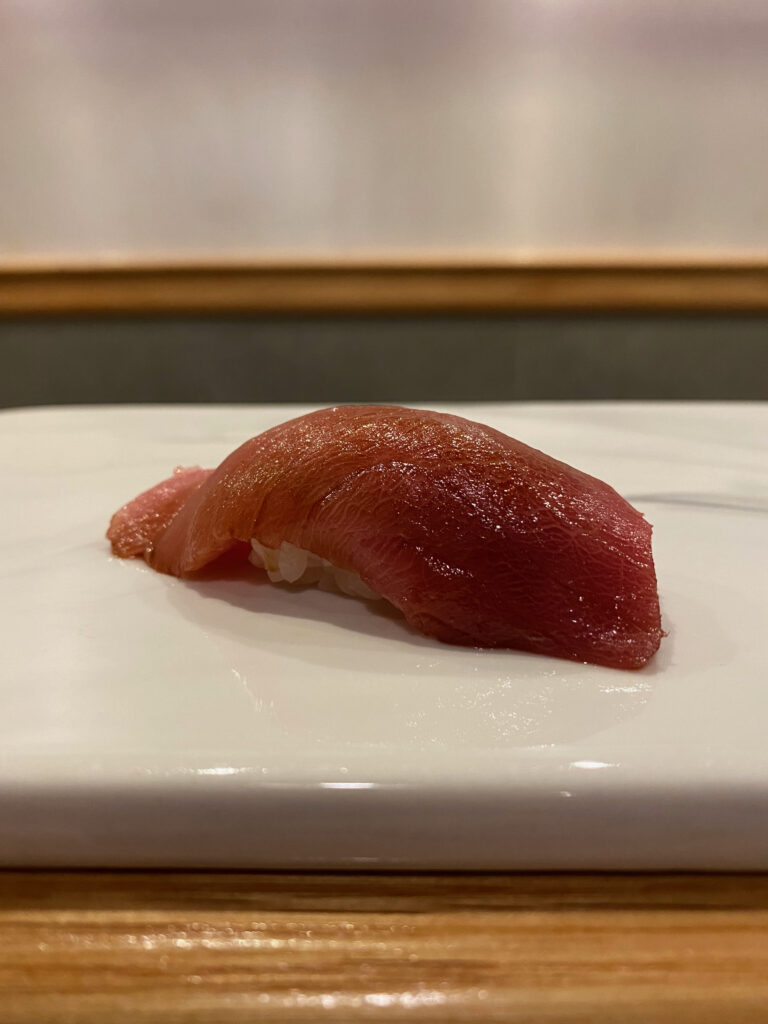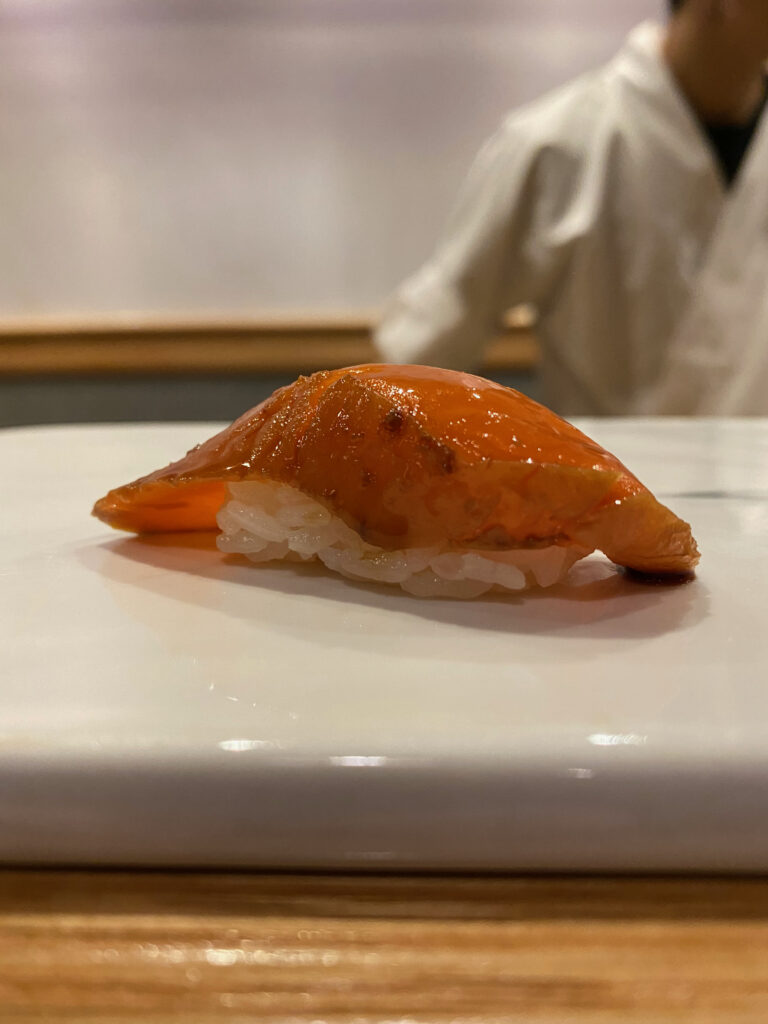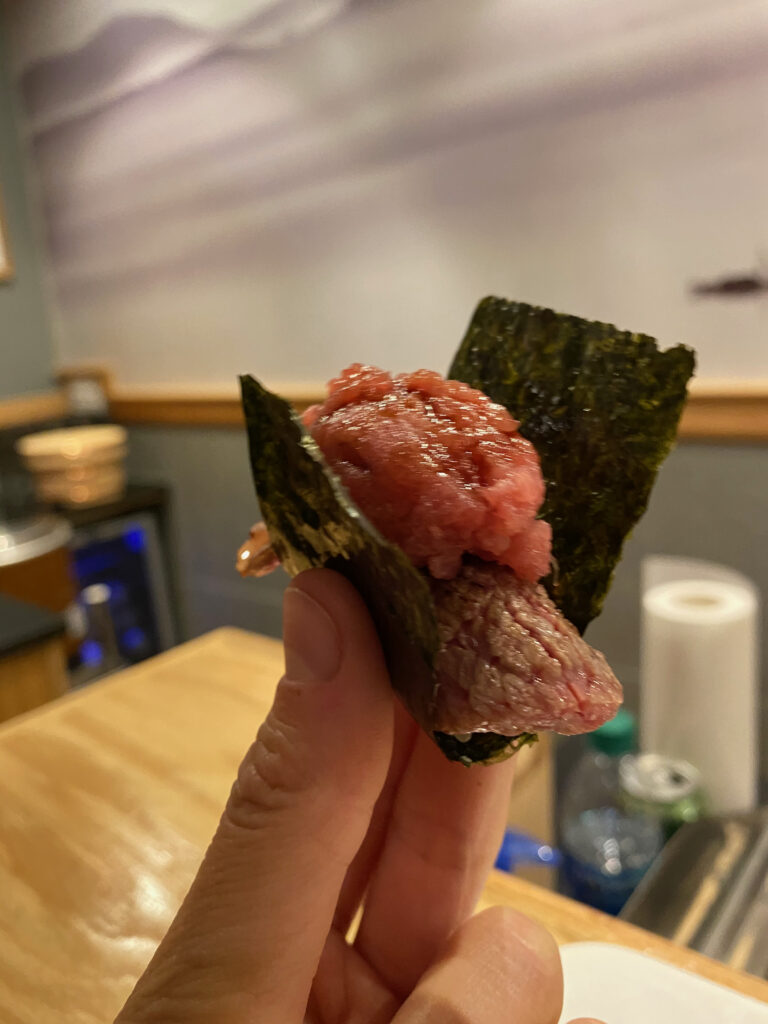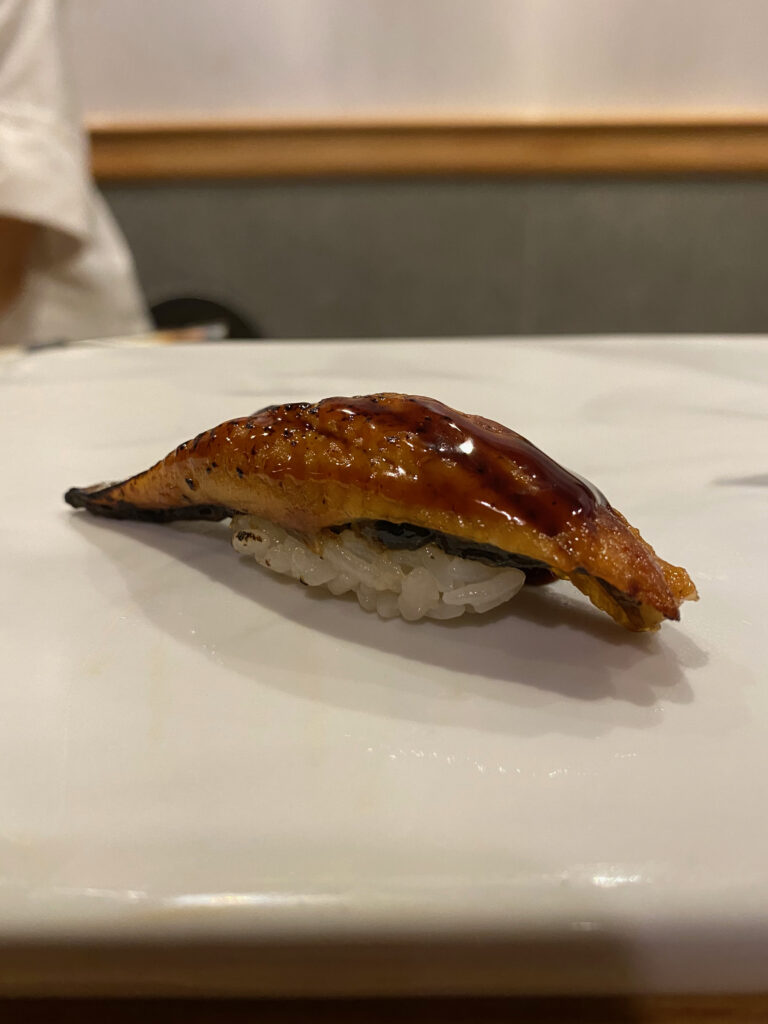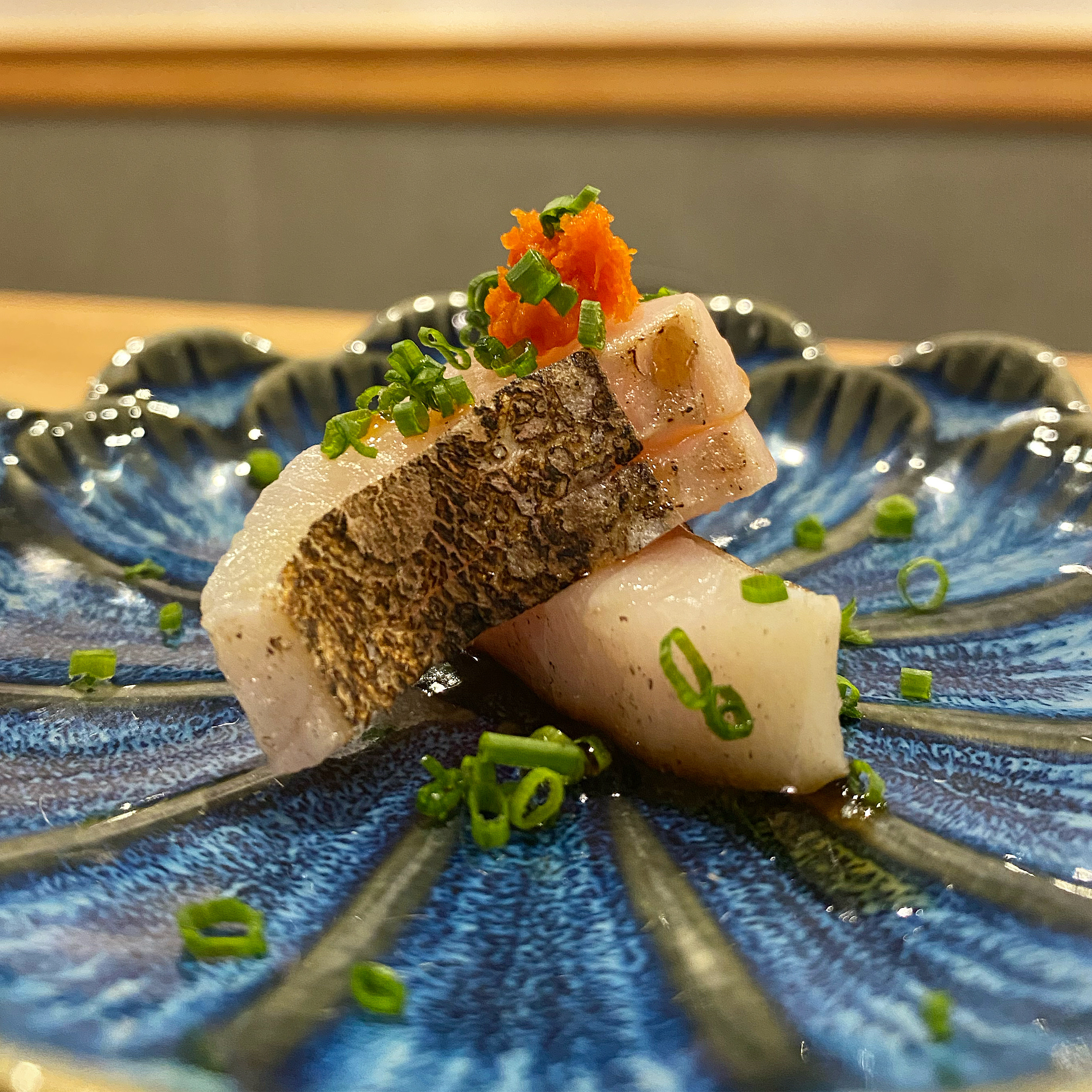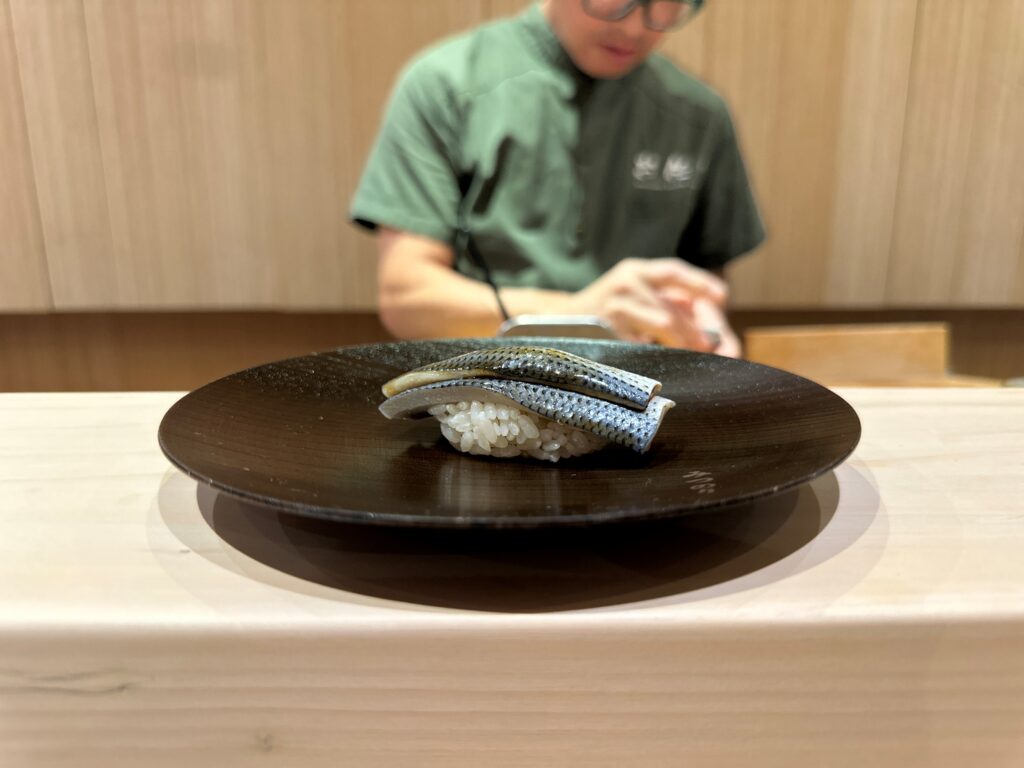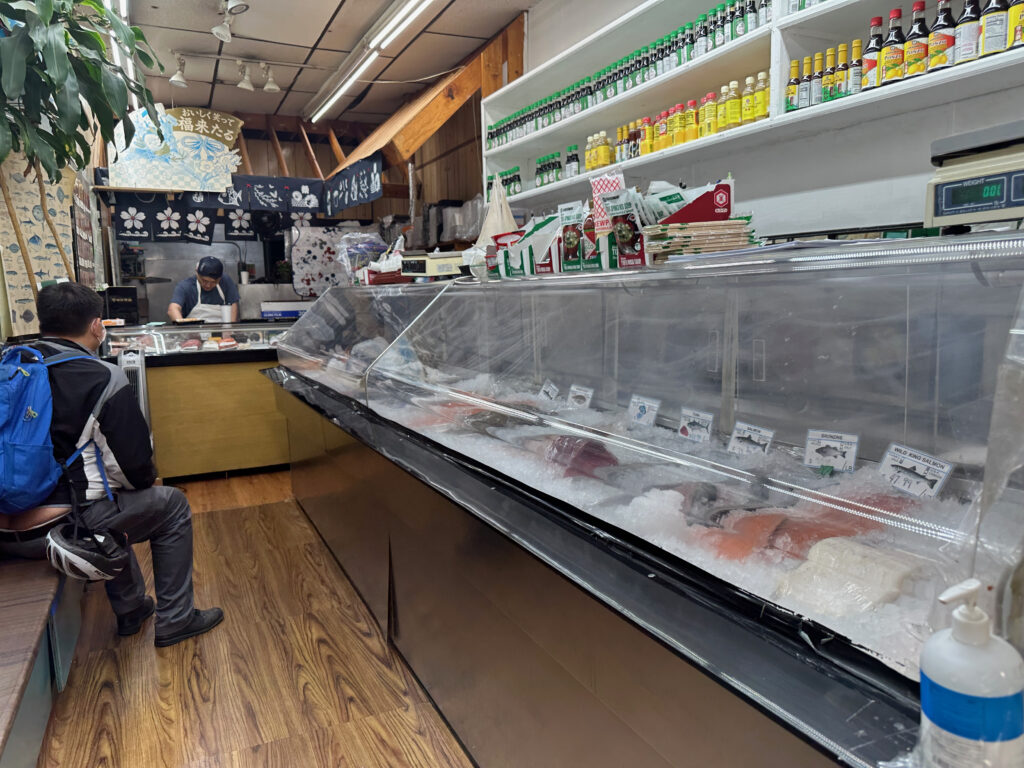I knew right away that I would like Mojo Omakase. How much of that stemmed from the Lane 8 music playing when I arrived? If we’re being honest, a lot. If you’ve seen my “work” on TikTok (follow me to feel alive), you’ll already know that progressive house music is my ambrosia. My nectar. It rivals Celine Dion for “best writing music”, and really, Celine is only on there because she’s a Canadian icon.
Fortunately, judging a book by its cover worked out pretty well. Mojo’s a relative newcomer to the West Village sushi scene, but already has filled a critical niche; Affordable omakase, at the counter, with offerings that aren’t the typical salmon-tuna fare. I visited right before the COVID-19 pandemic hit and restaurants shuttered, but it’s now late September and outdoor dining is back in full swing, with 25% indoor dining soon to follow. The experience may be different, but the quality should hopefully be the same.
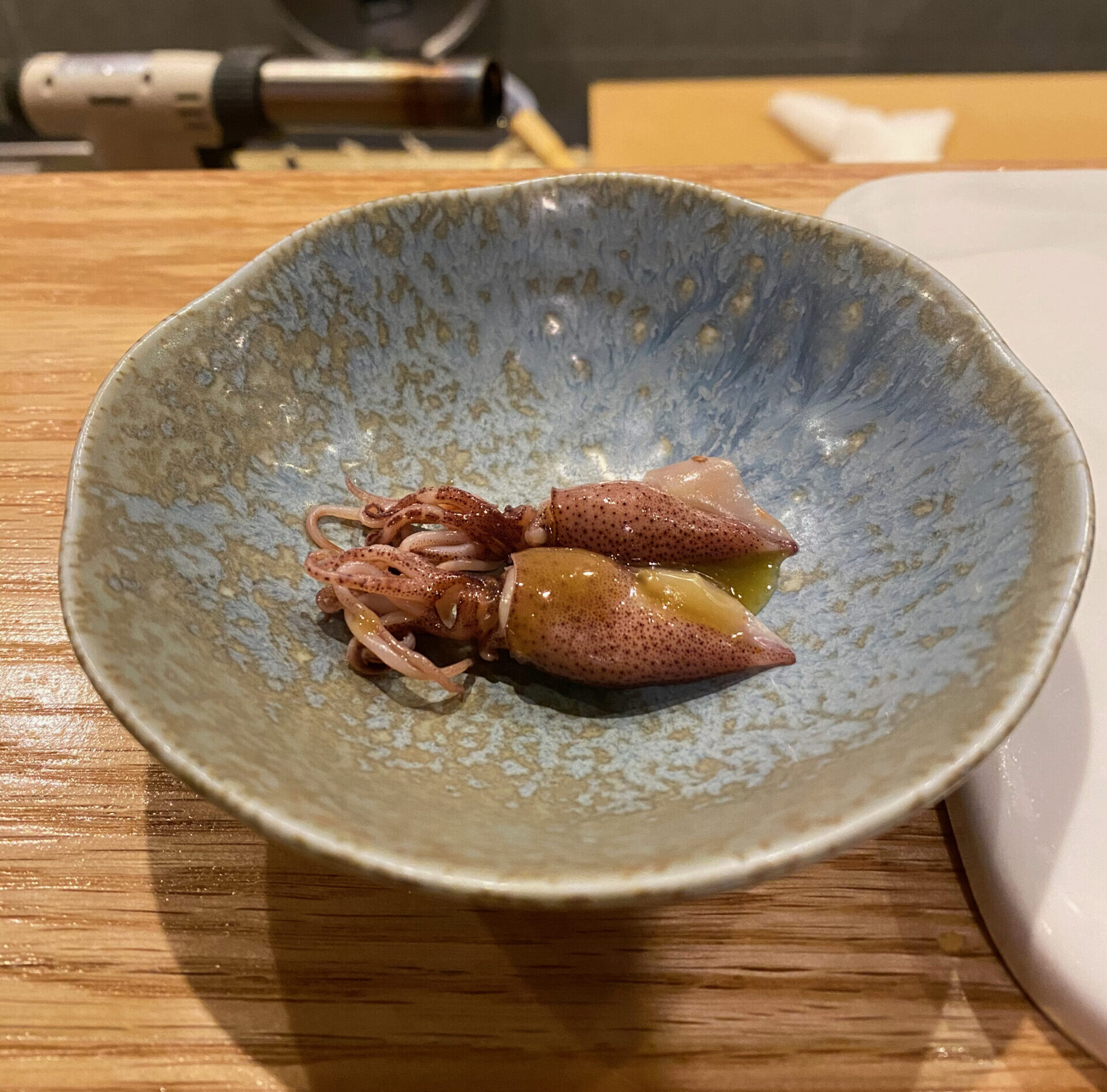
Course 1: Hotaru Ika

Course 2: Sawara (Spanish Mackerel)
Like the name might suggest, Omakase is the focus. There are two options, both under $100. The Mrs and I chose $95, featuring an otsumami (appetizer), 15 pieces nigiri and a mini temaki. The other option is an even-more-reasonable $65, with 1 otsumami, 10 nigiri and the mini temaki. Regardless of the direction you go, the meal takes about an hour start to finish. 3 and a half hours at Sushisho Masa this is not.
The pandemic-induced restrictions on mean that new visitors won’t get the chance to experience the full indoor experience, including the modern counter, minimalist aesthetic and art gallery vibe. On the last point, it’s right at home in New York City’s Highline, Chelsea-adjacent neighborhood, which is packed to the skies with art galleries. That’s not hyperbole – there are hundreds of galleries within a 10 block radius.
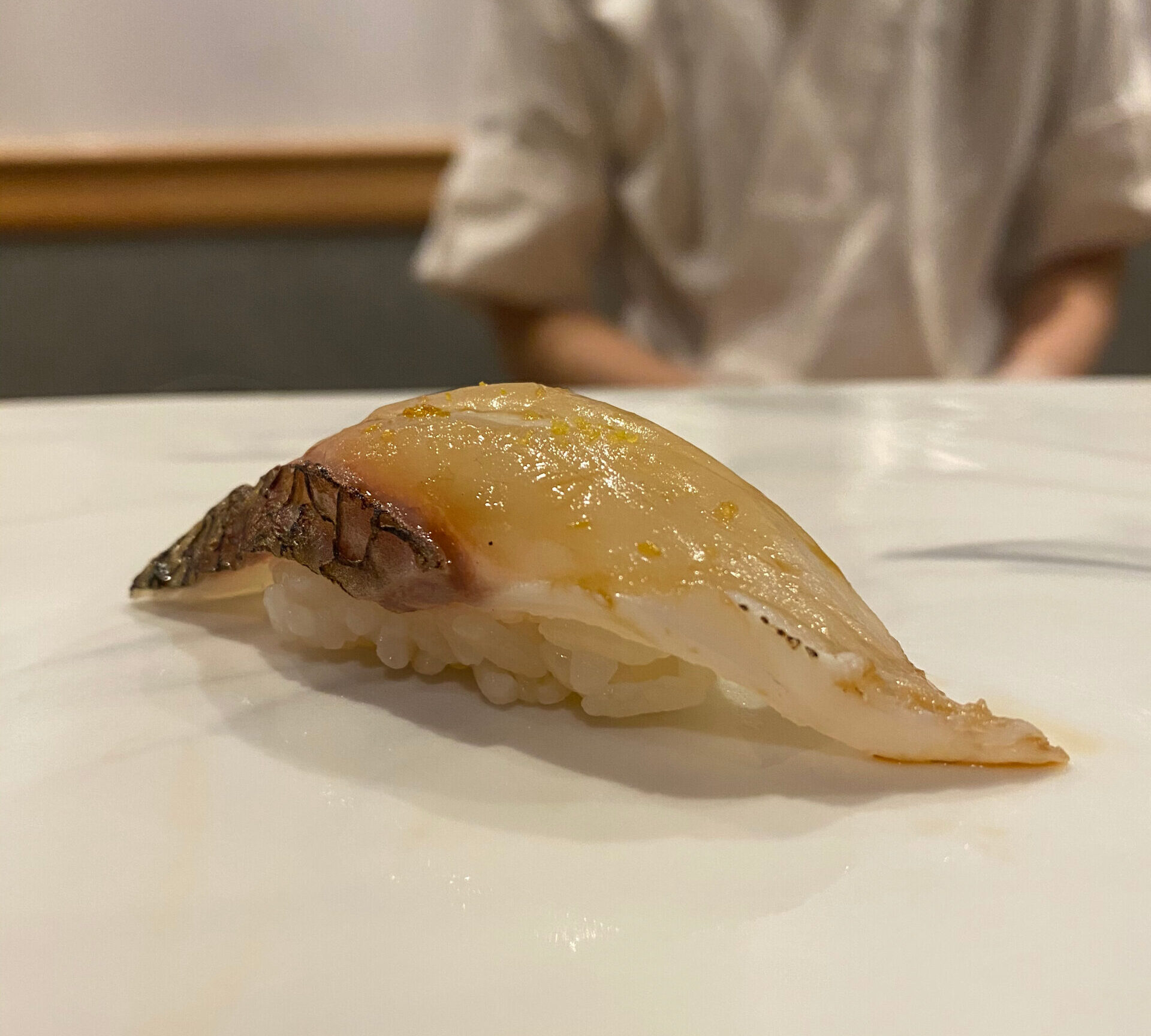
Course 7: Madai
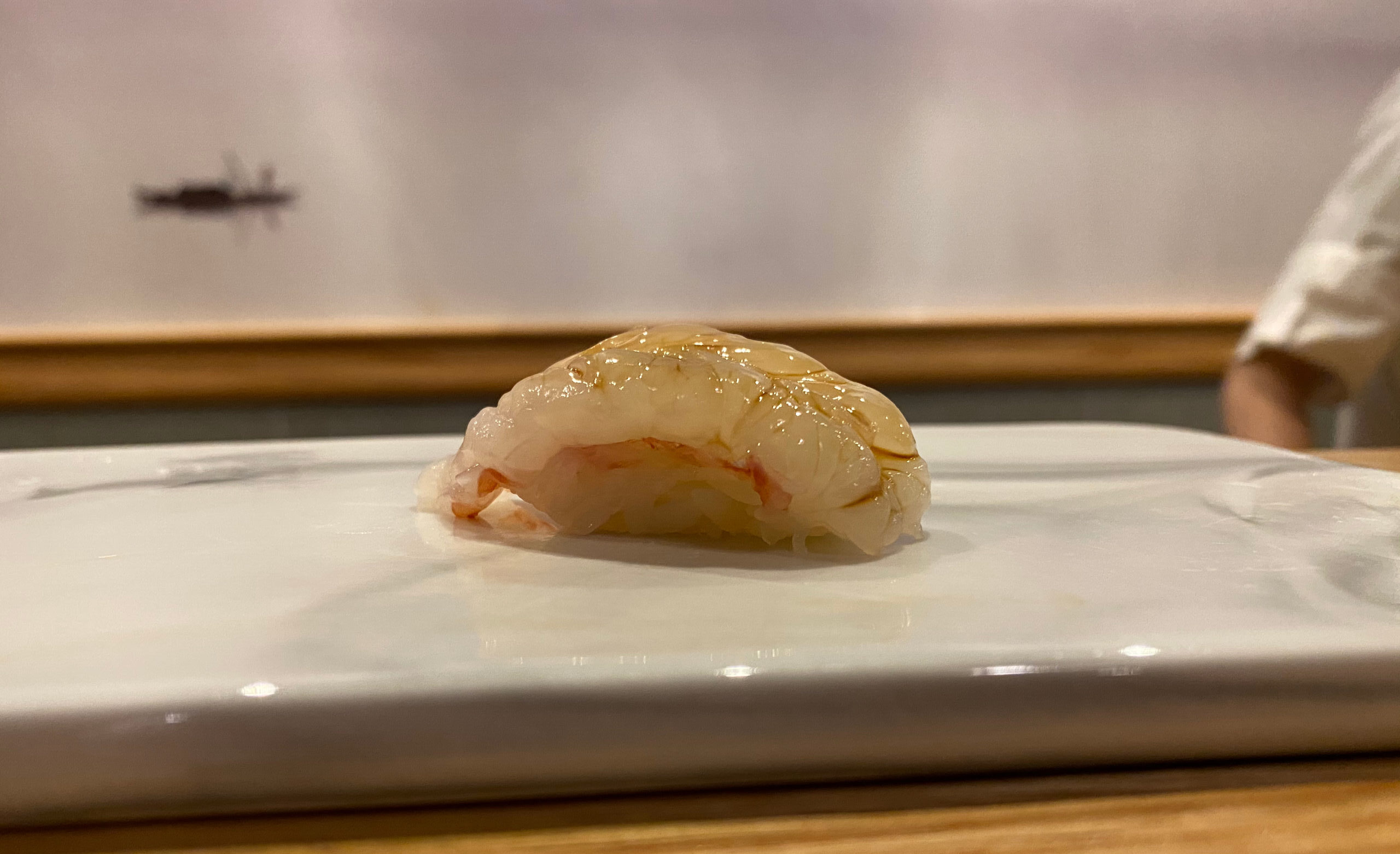
Course 8: Botan Ebi
The vibing music and decorative counter are unique, but the progression of the sushi is fairly classic. What does that mean? Well, traditionally, an Itamae will start with lighter tasting Neta, which often means shiromi (white-fleshed fish). Think Hirame, Madai and Tai. Popular convention is that the subsequent courses have successively stronger flavours. That’s why the Tuna courses – lean first, fatty second – will come towards the end. It’s also why Uni and Unagi with Tsume (a sweet “eel sauce”) come at the end – is there anything more decadent?
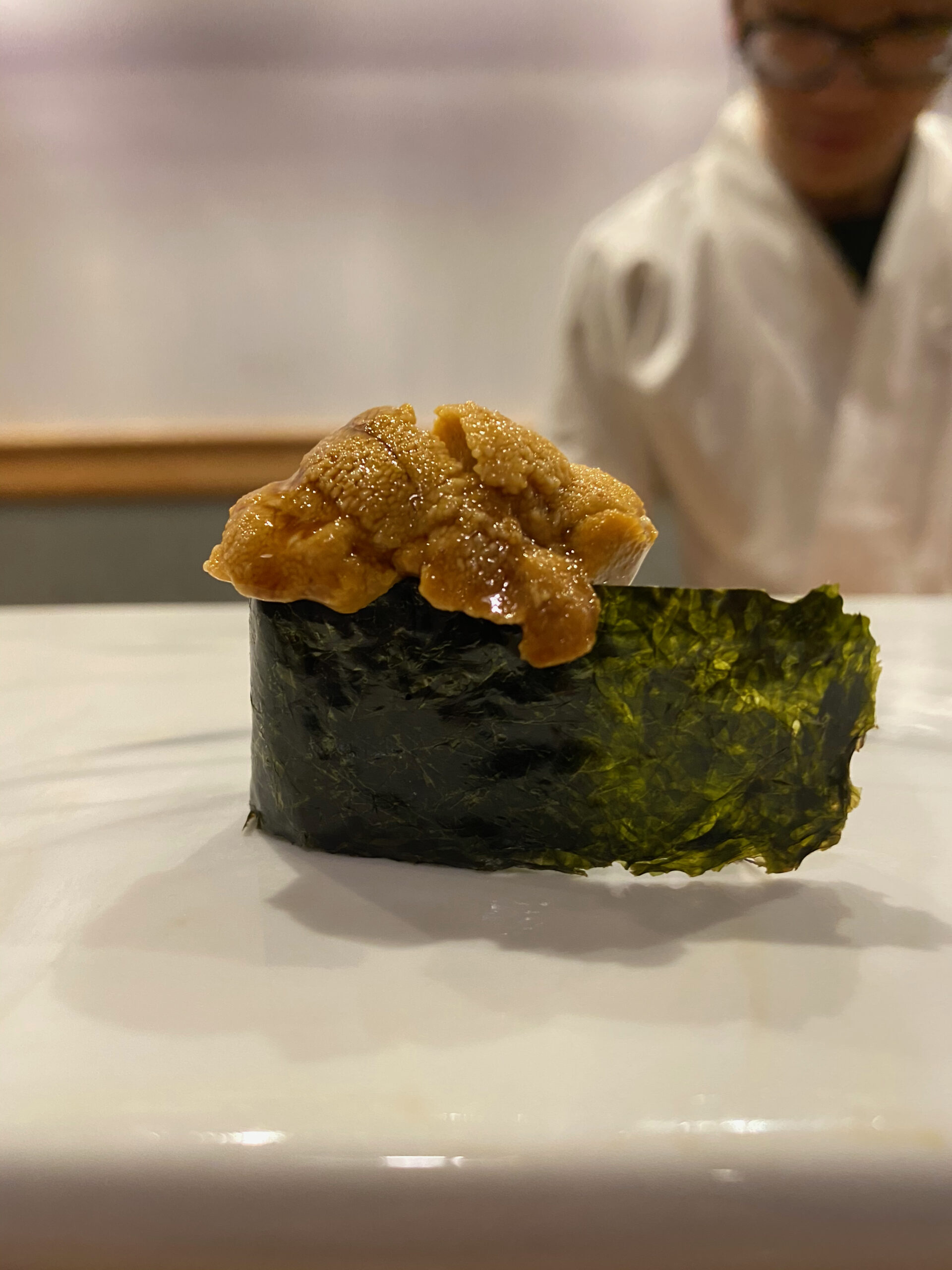
Course 9: Uni (Sea Urchin)
